
Saunas are almost a surefire way to relax after a rather intense workout—assuming no one interrupts the peace inside. In certain cultures, saunas are even seen as places for socialization, creating business opportunities, expanding connections, and more.
But is after a workout session the best time to use a sauna? Or should sauna bathing be done prior to working out? Are sauna sessions truly even necessary?
Let’s break down how using a sauna improves your fitness routine.
What Are Saunas?
Saunas are enclosed rooms people can use to raise their core body temperature.
These rooms are often heated to about 150 to 195 degrees Fahrenheit. Usually, the temperature and humidity of these rooms are up to the user. Traditional saunas (or Finnish saunas) usually use dry heat so users can “sweat bathe.” People can change the humidity by sprinkling some water on the rocks found inside the sauna, effectively turning it into wet or moist heat.
According to the North American Sauna Society, here are the most common saunas you can find in the US:
- Wood-burning sauna. This is what may come to mind when we think of a traditional sauna experience. Users heat the sauna rocks and the room by burning wood on a designated stove.
- Electrically heated sauna. Popular since the 1950s, these saunas use wall- or floor-mounted electric heaters to heat up the rocks. Most heaters often include remote controls with digital displays of the temperature and timers.
- Manufactured sauna rooms. These are commercially available and sold as modular units or pre-cut lumber kits. These often use lumber like Western red cedar, aspen, hemlock, pine, etc.
- Steam rooms. Though also considered as a heat therapy room, steam rooms are closer to a Turkish-style bath. Temperatures in steam rooms are much lower than in saunas, but their humidity is often almost at 100 percent. Plenty of sauna sellers sell steam rooms and steam generators.
- Infrared saunas. A more modern type of sauna, these saunas use radiant heat directly on your body rather than heating the stones or the air. Infrared saunas don’t have steam.
|
Tip: If you wish to change the humidity of your sauna sessions, opt for the more traditional saunas, where you can sprinkle water on the rocks to create steam. If you want precise control of the temperature and timers, get an infrared sauna. |
What Are the Benefits of Using Sauna with Your Workout?
There have been studies that prove the health benefits of getting a regular sauna bath. Saunas have been particularly studied for their support in improving heart health, congestion, skin problems, and even neurocognitive diseases.
When you add a sauna session to your workout routine, you get the following benefits:
Enhanced Muscle Recovery
This is perhaps the biggest reason gym goers, fitness enthusiasts, or athletes use a sauna after working out. Sitting in a sauna after exercise helps our muscles and nerves recover faster due to the heat.
Improved Circulation
And it is because of the heat that there is an increase in the circulation of oxygen-rich blood, similar to how you feel after a short moderate-intensity cardio workout. Heat causes your blood vessels to dilate, which improves blood flow circulation and helps relax muscles.
Stress Reduction
Aside from the downtime you spend relaxing in a sauna, raising your core body temperature via the heat can reduce the stress hormone your body produces, called cortisol. Being in a sauna also allows you to practice deep breathing and meditation, both great techniques to manage stress outside of heat therapy rooms.
Increased Flexibility
Getting a sauna bath helps make our muscles more pliable and flexible. The heat reduces muscle tightness and improves flexibility—quite beneficial for any stretching routines you may have.
Joint Pain Relief
Those who like working out but are constantly plagued by joint pain also benefit from regular sauna baths, thanks to the increased circulation you get because of the heat. This reduces the stiffness and pain you may feel, especially when doing exercises that are particularly strenuous on the joints.
Weight Loss Support
Using a sauna alone won’t lead to significant weight loss, but when used with an exercise routine and a balanced diet, it can support weight management by increasing your heart rate and metabolism, thus aiding in burning calories and improving blood flow.
Should You Visit a Sauna Before a Workout or After?

Generally, people use saunas after working out, since it helps with muscle recovery, but there have been studies that suggest using a sauna before your routine is better.
So it all boils down to your goal and preference.
Using the sauna before a workout can kickstart your warm-up. It’ll help loosen up your muscles, improve flexibility, raise your body temperature, and increase your blood flow and heart rate. However, spending too much time in a sauna before a workout may affect your exercise. Remember that saunas may take away your water weight, which may lead to dehydration before even starting your workout.
If you suffer from low blood pressure or are prone to feeling dizziness and faintness, pre-workout sauna sessions may not be what’s best for you.
|
Remember: A pre-workout sauna session should not replace any exercise-based warm-ups to get your body primed for your workout. Warm-ups are specific to the exercise you’re about to do—so if it’s leg day, you’ll still need to stretch those quads. |
On the flip side, using the sauna after a workout, as mentioned, helps relax your muscles thanks to the heat. It also improves your circulation of oxygen and blood flow, which reduces next-day delayed muscle soreness, the pain we feel in our bodies after some grueling routines.
Using a sauna after a workout has some risks as well. You’re more prone to dehydration since you’ve been sweating it out during your workout. Being dehydrated can also lead to cramping.
Aside from dehydration, sauna bathing after your exercise will keep your heart rate elevated, which may be uncomfortable for you and could cause dizziness and fainting, especially if you already suffer from low blood pressure.
How to Use the Sauna During Your Workouts
If you’re willing to incorporate sauna baths into your workout routine, here’s something you can try.
Before even trying the sauna, make sure you’re prepared for the thermal stress of a sauna session. Ideally, according to ACSM’s Health/Fitness Standards and Guidelines, the temperature should be at 160–170 degrees Fahrenheit with a humidity of 10–20 percent.
Use the sauna for seven days. Here’s how:
- On day one, use the sauna for five to ten minutes (this is especially important for sauna first-timers!).
- Gradually increase your time each day, and by the end of day seven, you should be able to tolerate staying for 20–30 minutes.
- Wait 10 minutes before using the sauna after your exercise, but try to be in the sauna within 30 minutes after your workout.
During the week you intend on using the sauna, keep intense workouts to a minimum. Your heart rate is higher in the sauna, around 140 BPM, so avoid overtraining.
Don’t forget to rehydrate, slowly if possible. If you plan on showering after using the sauna, make sure the water is warm first before switching to cold, if that’s your preference. This is to prevent lightheadedness due to sudden temperature change.
Sauna Etiquette
If it’s your first time trying a spa or gym sauna, you’ll need to be aware of some sauna etiquette. This is to ensure your and other’s experience in saunas is pleasant and comfortable.
A few ideas:
Dress Code & Hygiene
- Respect dress codes in saunas. In public saunas, you can’t just stroll in wearing your “birthday suit.” Wear a towel or swimsuit.
- Rinse off any dirt before entering a sauna.
- Keep conversations low and avoid disruptive behavior. Plenty of people consider saunas baths their time to unwind and relax.
- Use a towel when sitting in the sauna. This protects both you and the bench from direct contact.
Exercise & Etiquette
- As tempting as it may be to get more squats in, don’t exercise inside the sauna.
- Don’t use any electronic devices inside the sauna, unless you want to fry your phone!
- If the sauna uses rocks, ask fellow users before pouring more water and do so gently.
- Don’t stay too long—this is for your and others’ benefit. Aside from the risks of overstaying in a sauna, others may miss out on the chance to get a sauna bath.
- Make sure to close the door gently and properly to maintain the temperature and humidity inside the sauna and to avoid startling other users.
|
Tip: Most of these guidelines are for public saunas. If you want a truly relaxing experience with a bit more freedom, consider getting your own sauna at home. |
When Should I Skip Using a Sauna?

When done right, sauna baths can boost your longevity. But there are a few circumstances wherein it’s best to skip using a sauna altogether.
If you’ve had a particularly intense workout, avoid immediate sauna use, especially if you feel dehydrated or overheated from the exercise. You risk getting heat-related illnesses like heat stroke or heat exhaustion if you do. If you’ve had alcohol or antibiotics, you may need to skip having a sauna bath too.
While saunas are well-tolerated by most healthy adults, certain people will also need to avoid using the sauna—unless they’ve gotten the all-clear from their doctors. This includes pregnant women, children, and people who are immuno-compromised or have conditions related to heart and blood pressure and other chronic health conditions.
People who’ve had surgery recently or have an unstable angina, recent heart attack, or severe aortic stenosis should avoid using heat therapy as well.
FAQs
Can I use a sauna every day?
It’s safe to use a sauna every day. A single sauna bath should not last longer than 30 minutes, however, and it should be way shorter for first-time users. Make sure you stay hydrated as well during sauna sessions.
Can I work out in a sauna?
It’s not advisable to exercise inside the sauna. Using a sauna is already the equivalent of a mild cardiovascular exercise, so adding high-impact exercises while inside can be too stressful for your body and can be potentially dangerous.
Can you skip a warm-up if you used the sauna before working out?
No, saunas can help prep your body for your workout, but it shouldn’t replace a standard exercise-based warm-up. A good warm-up routine involves moving your limbs through their full range of motion, which prepares your muscles and joints for the type of exercise you’re about to do—something a sauna alone can’t achieve.
Conclusion
Using the sauna before a workout or after offers plenty of benefits but also a good amount of risks. If you can tolerate saunas and don’t notice any contraindications, try a sauna session before and after your routine and see which timing works best for you.
Always listen to your body, whether in the sauna or working out. Prioritize your workout and only use the sauna as a supplement to your exercise regimen rather than as a replacement.









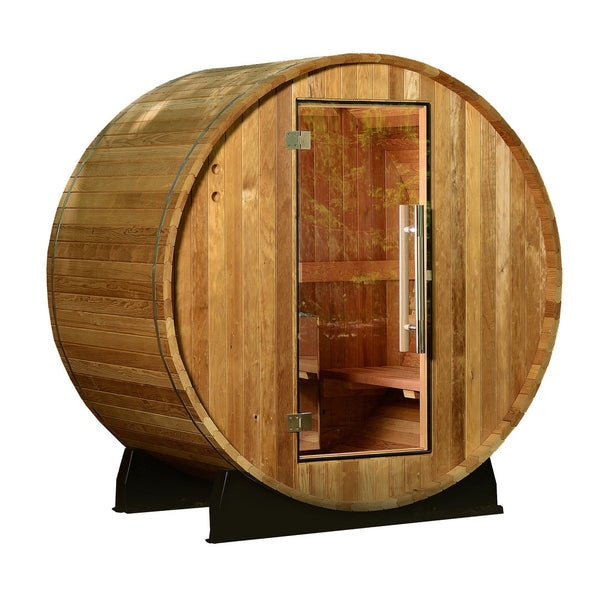
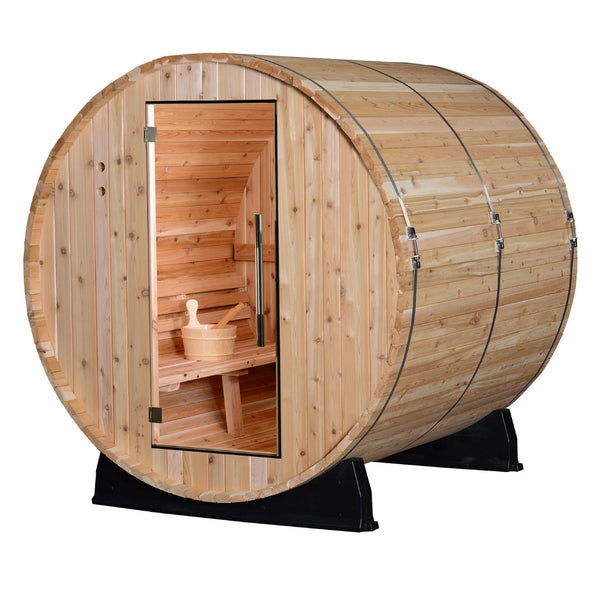
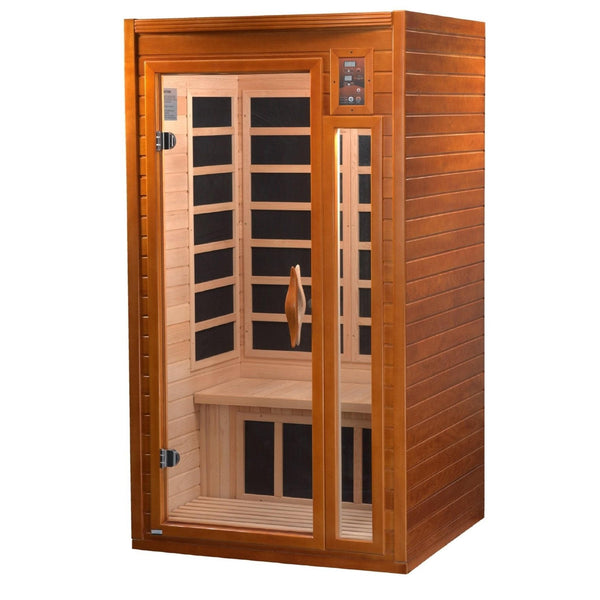

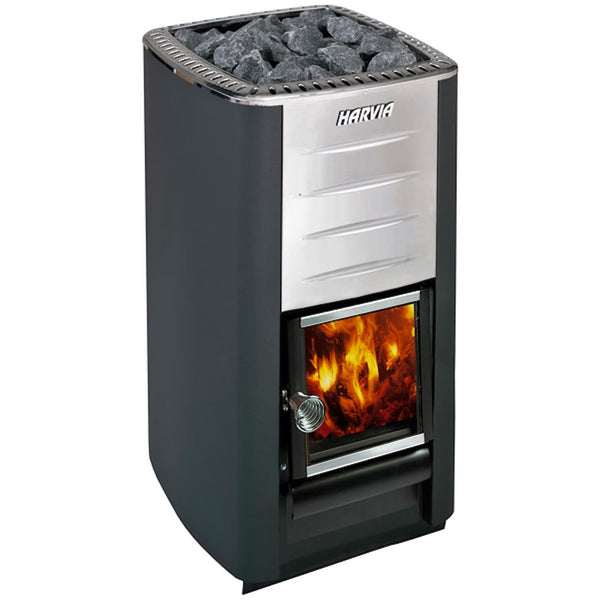












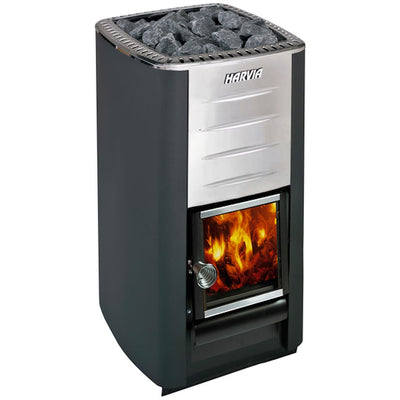

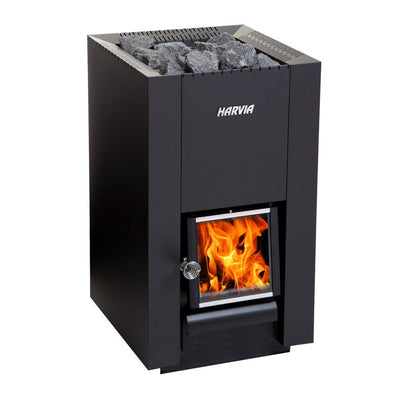
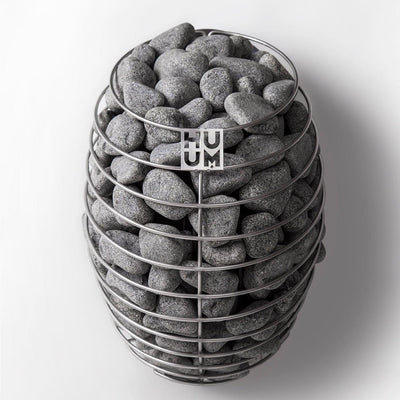
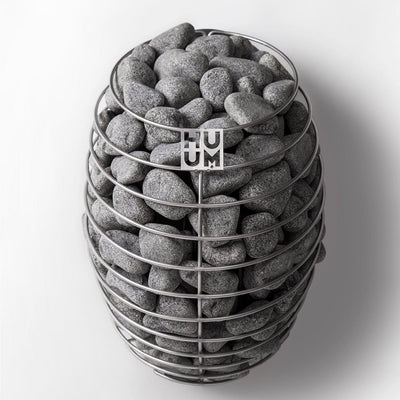




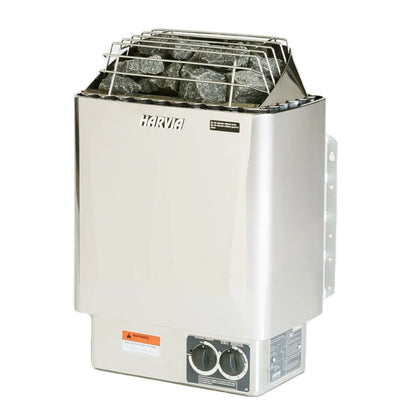
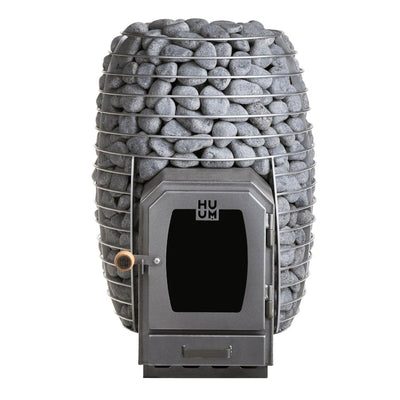

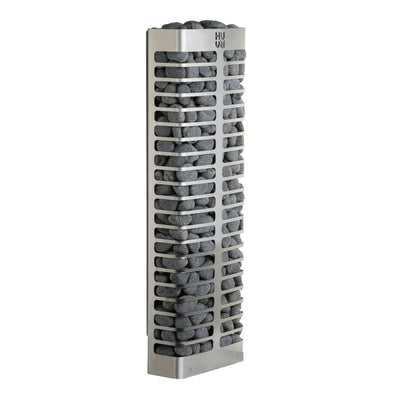
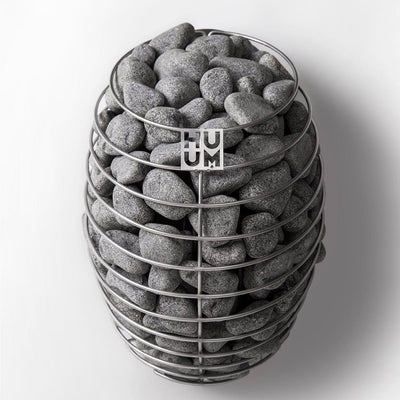









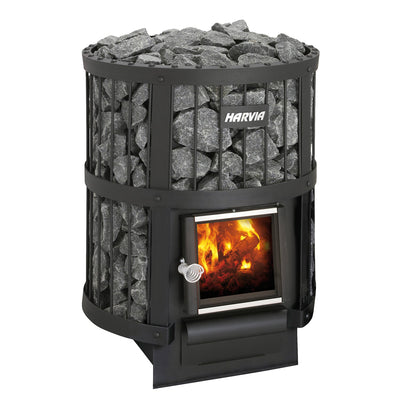
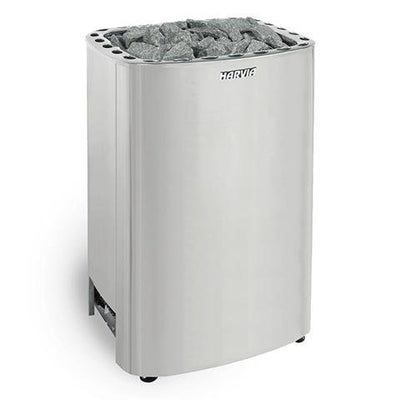


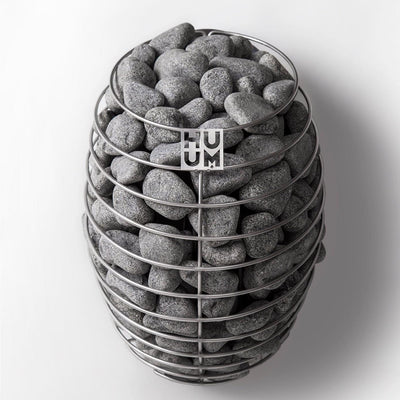





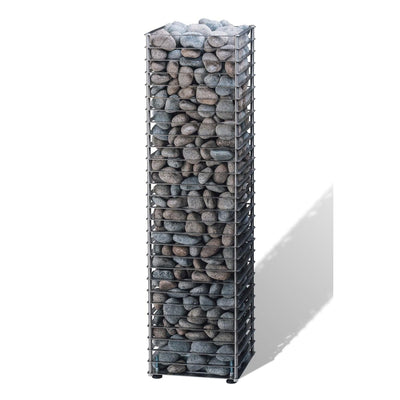
















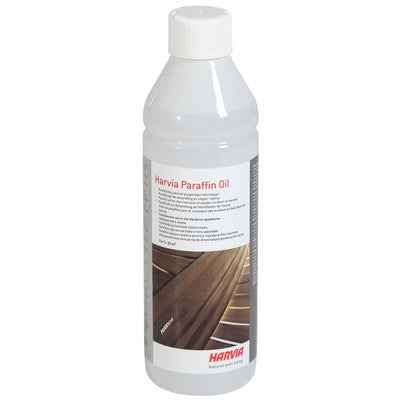
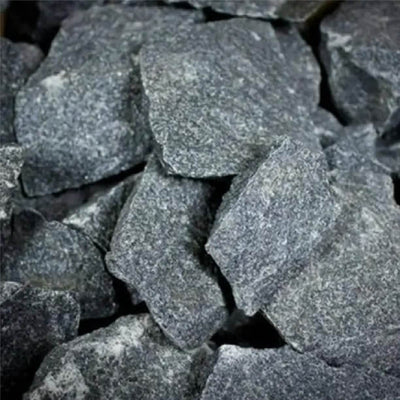
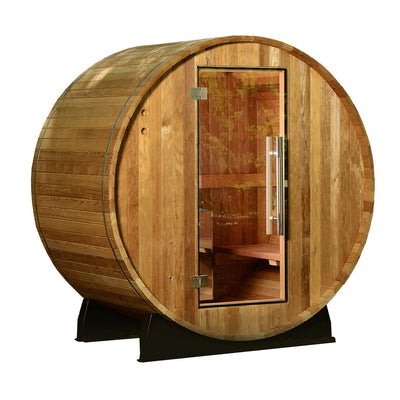
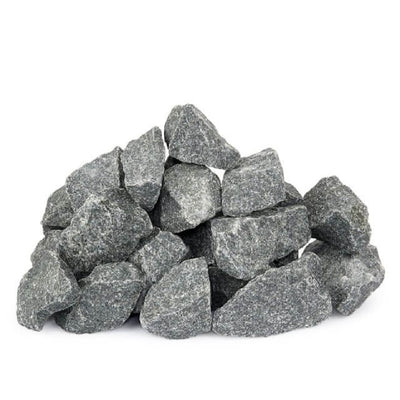
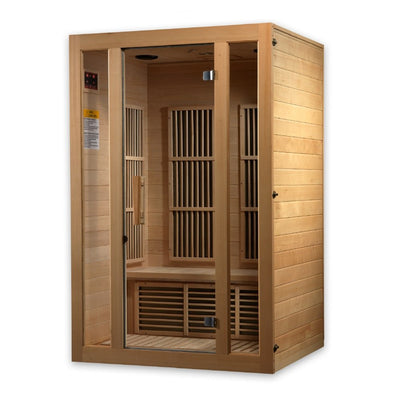
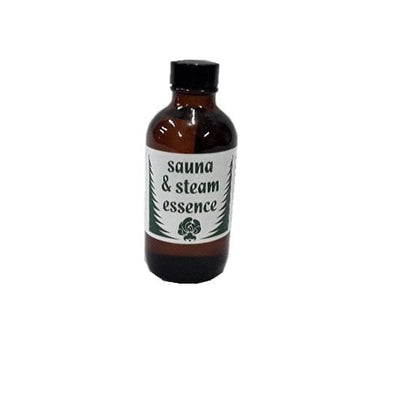
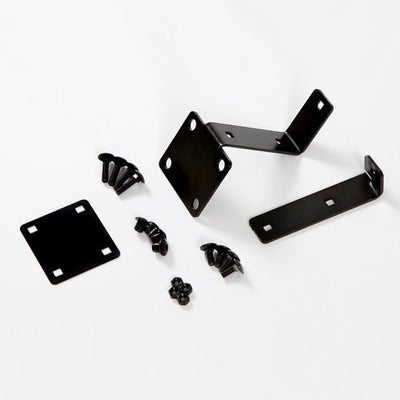
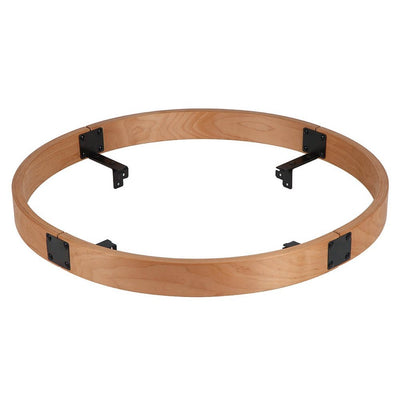
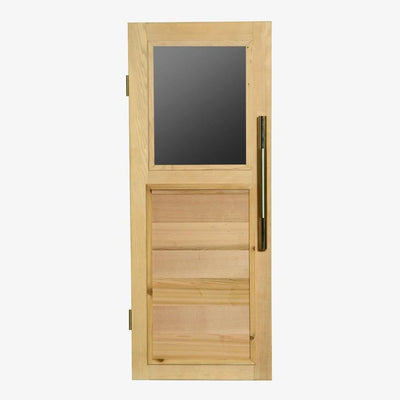
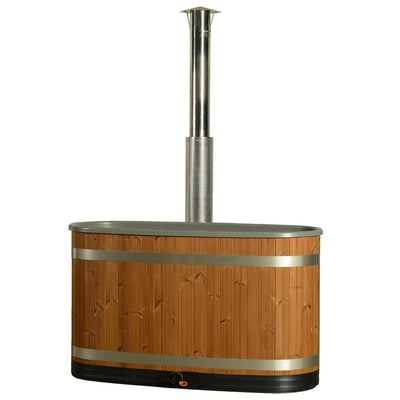
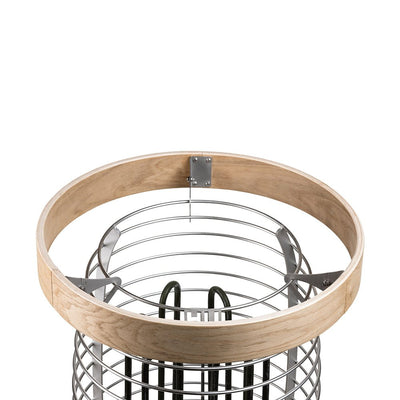
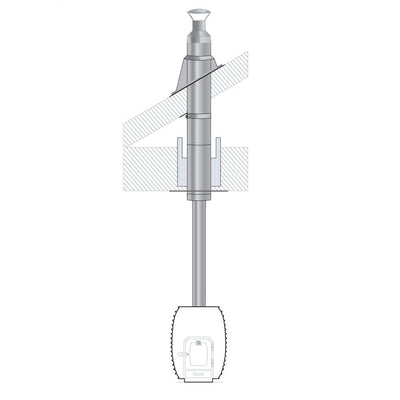
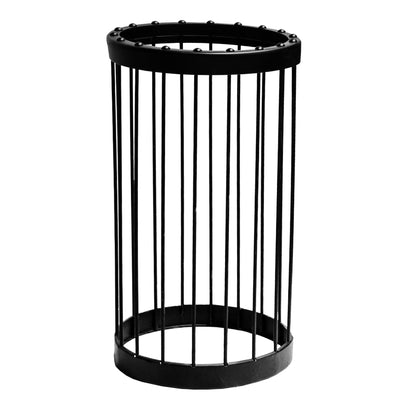
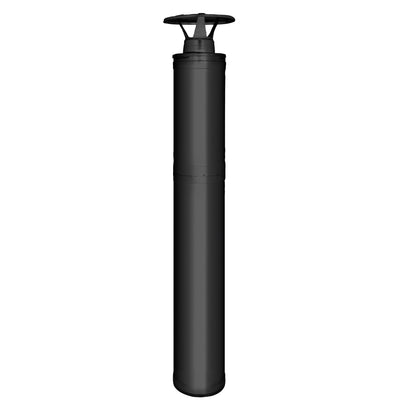
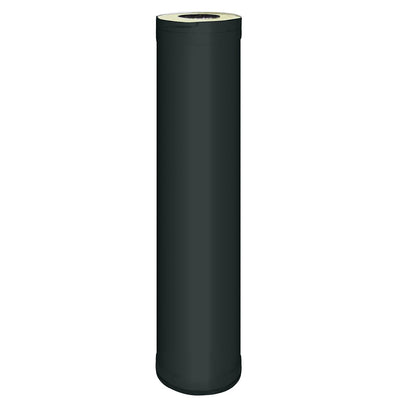
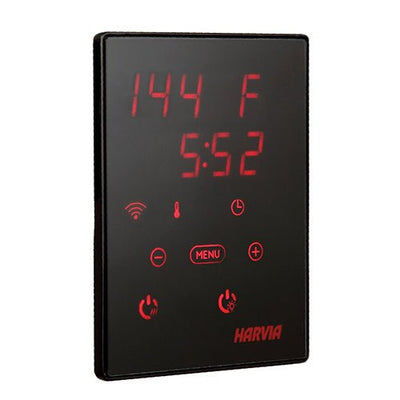
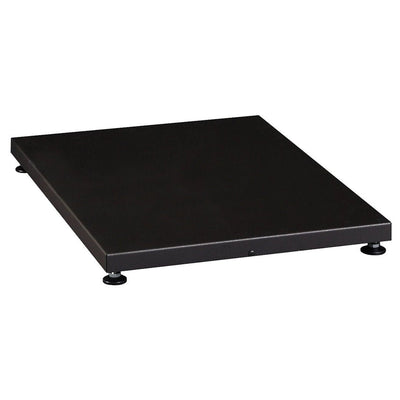
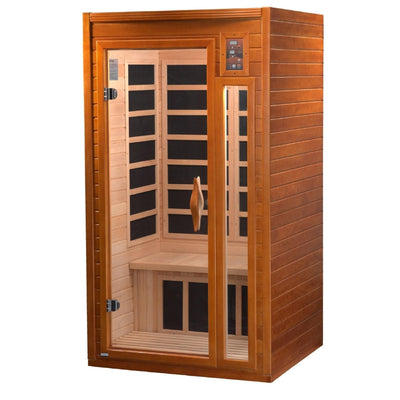
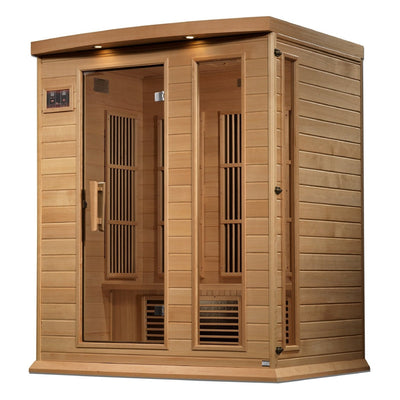

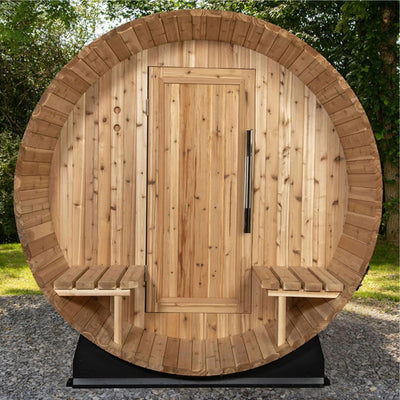
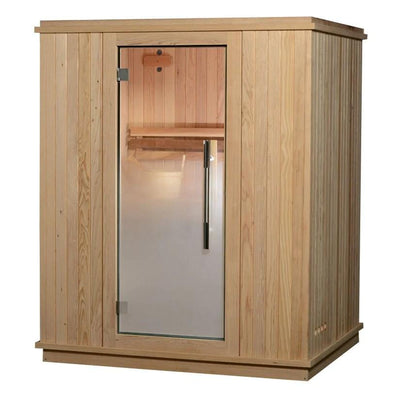
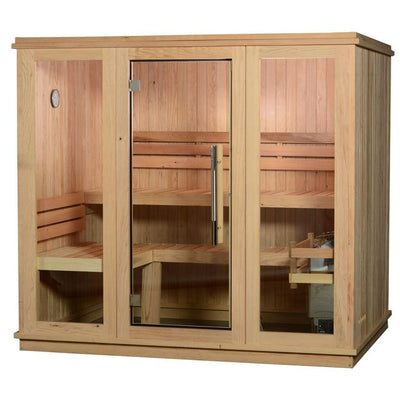
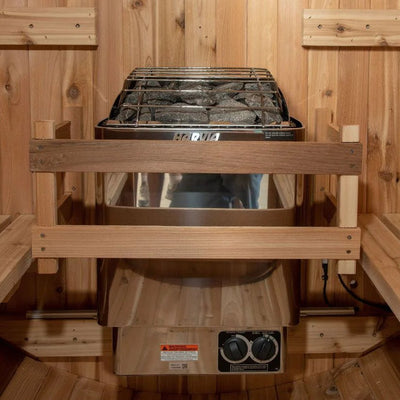


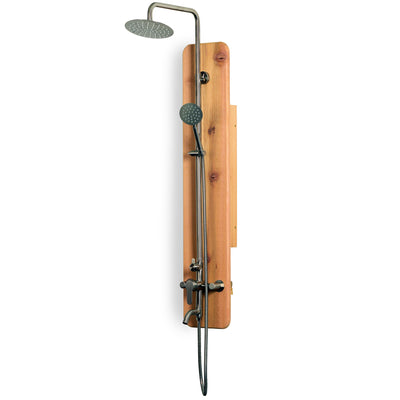

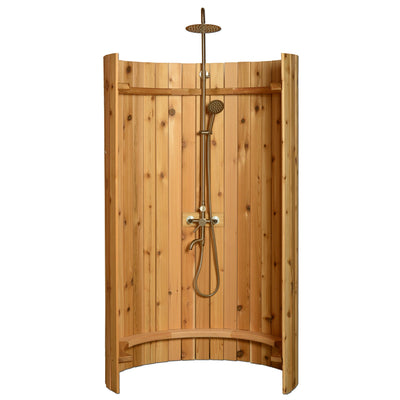
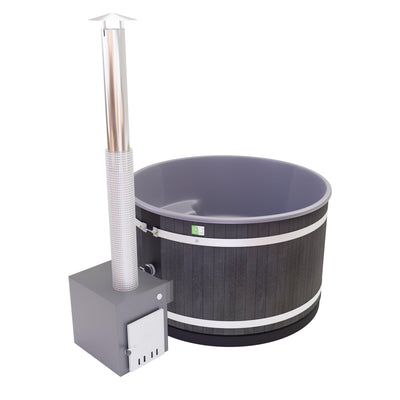
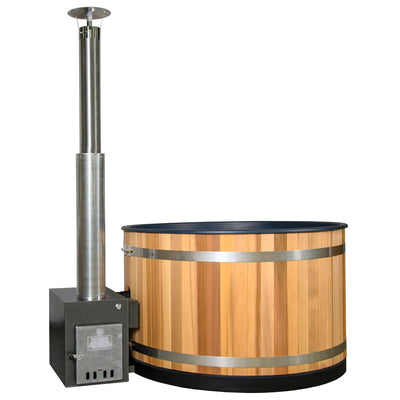

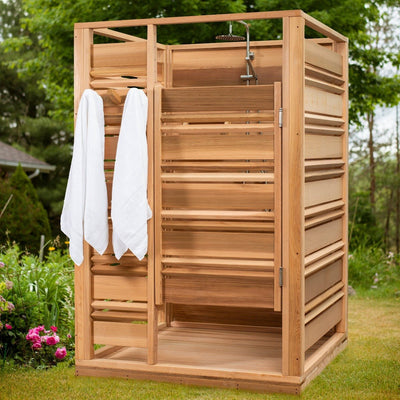





Awesome article, I was always unsure if it was a good idea to go in the sauna after a workout!